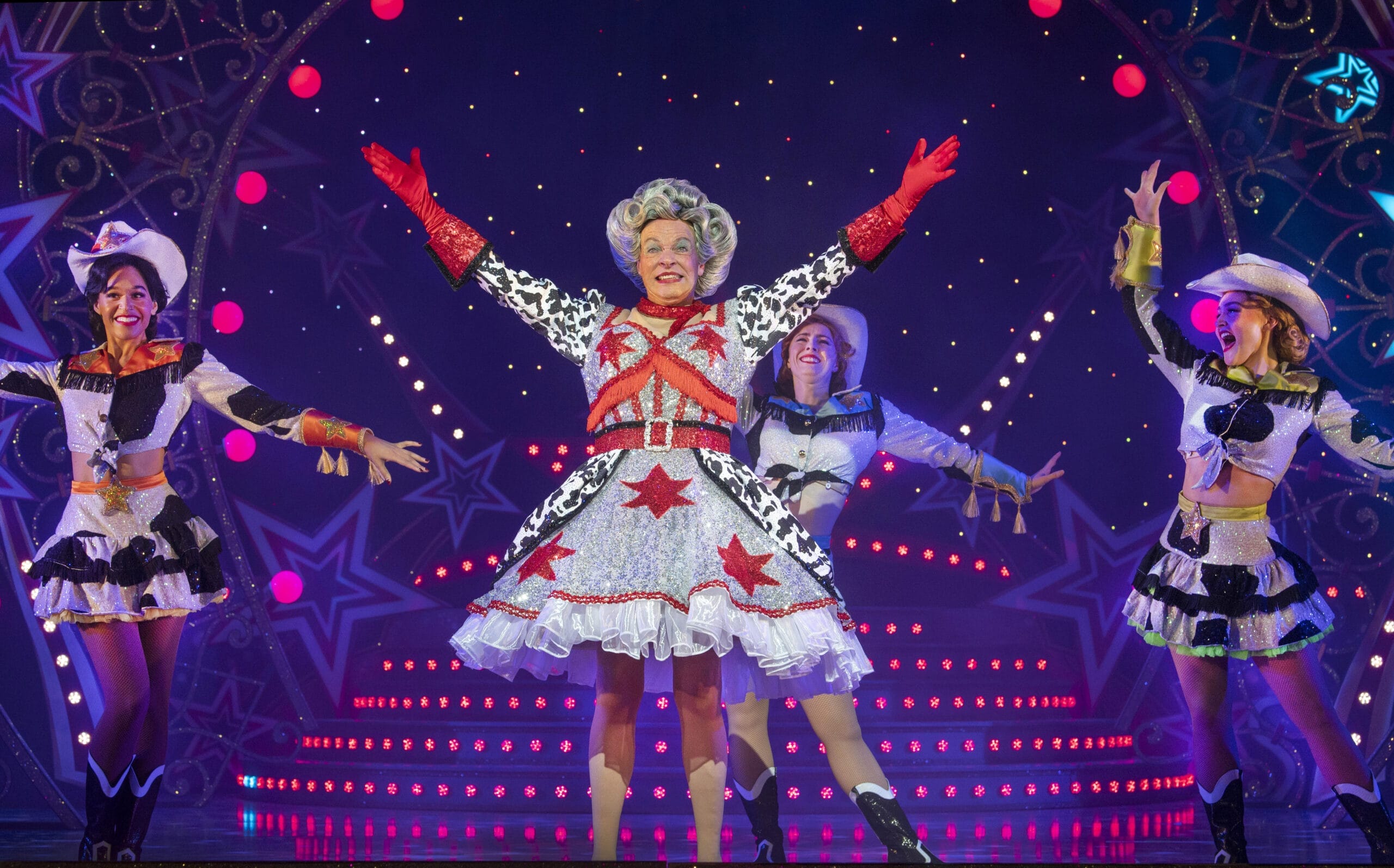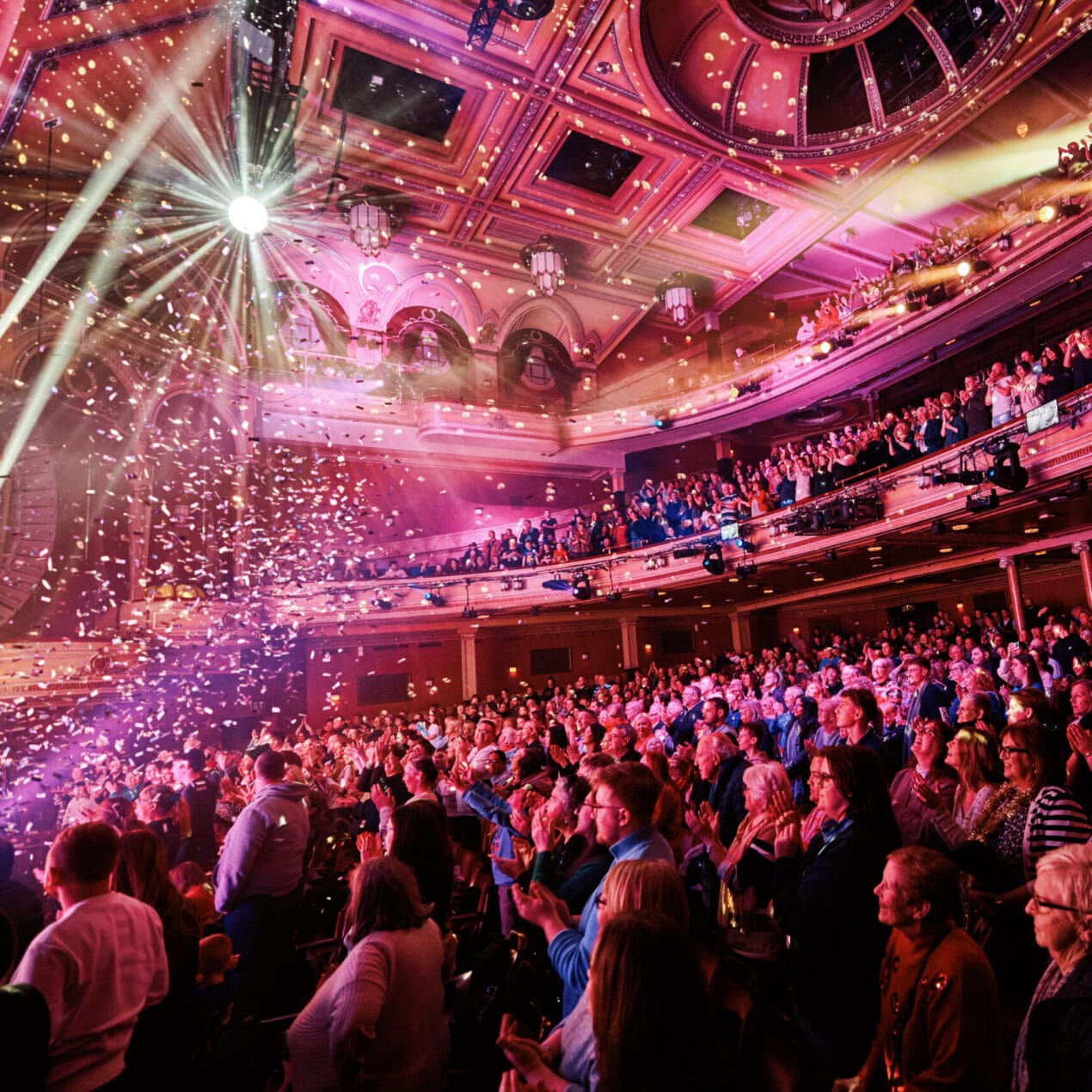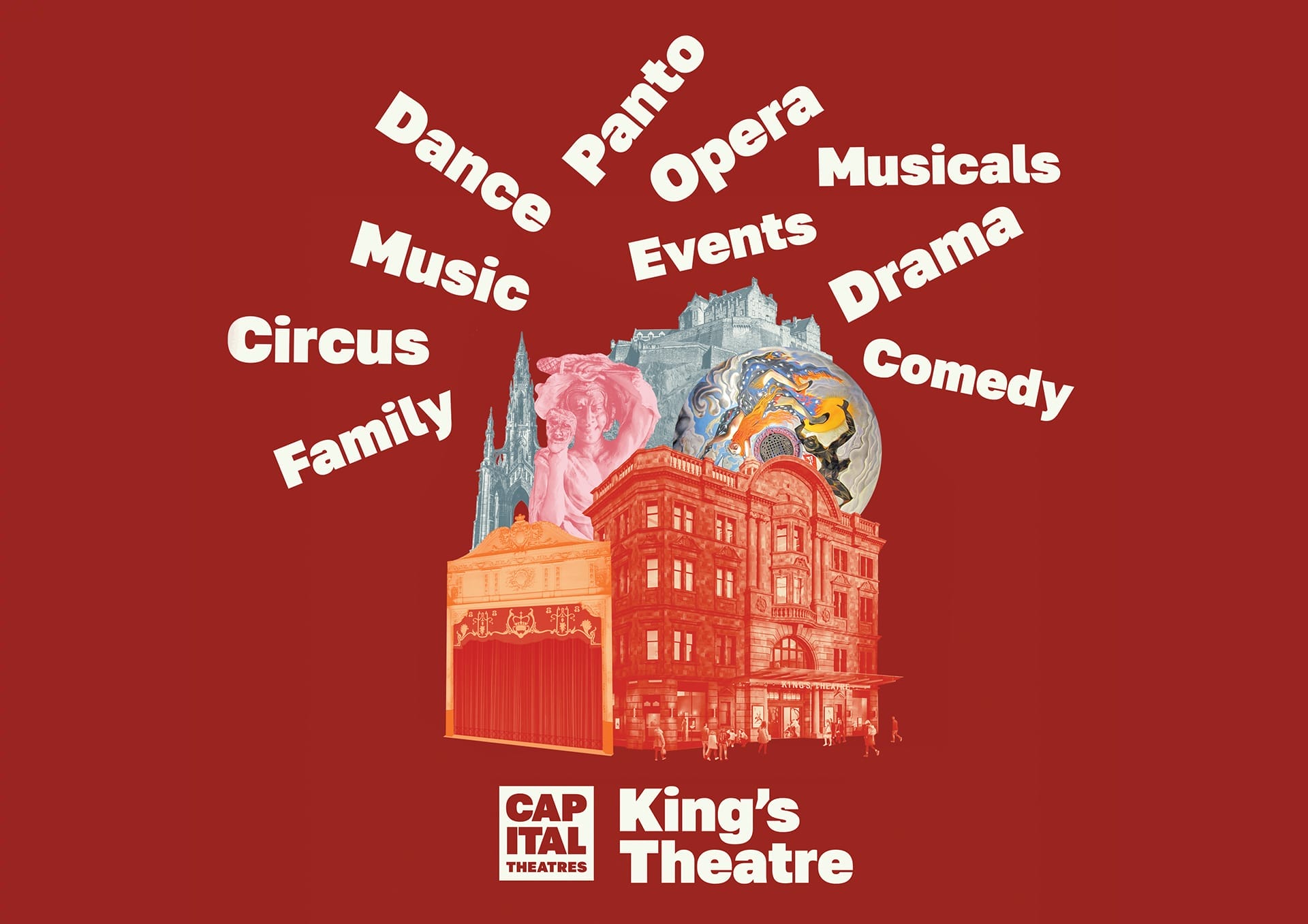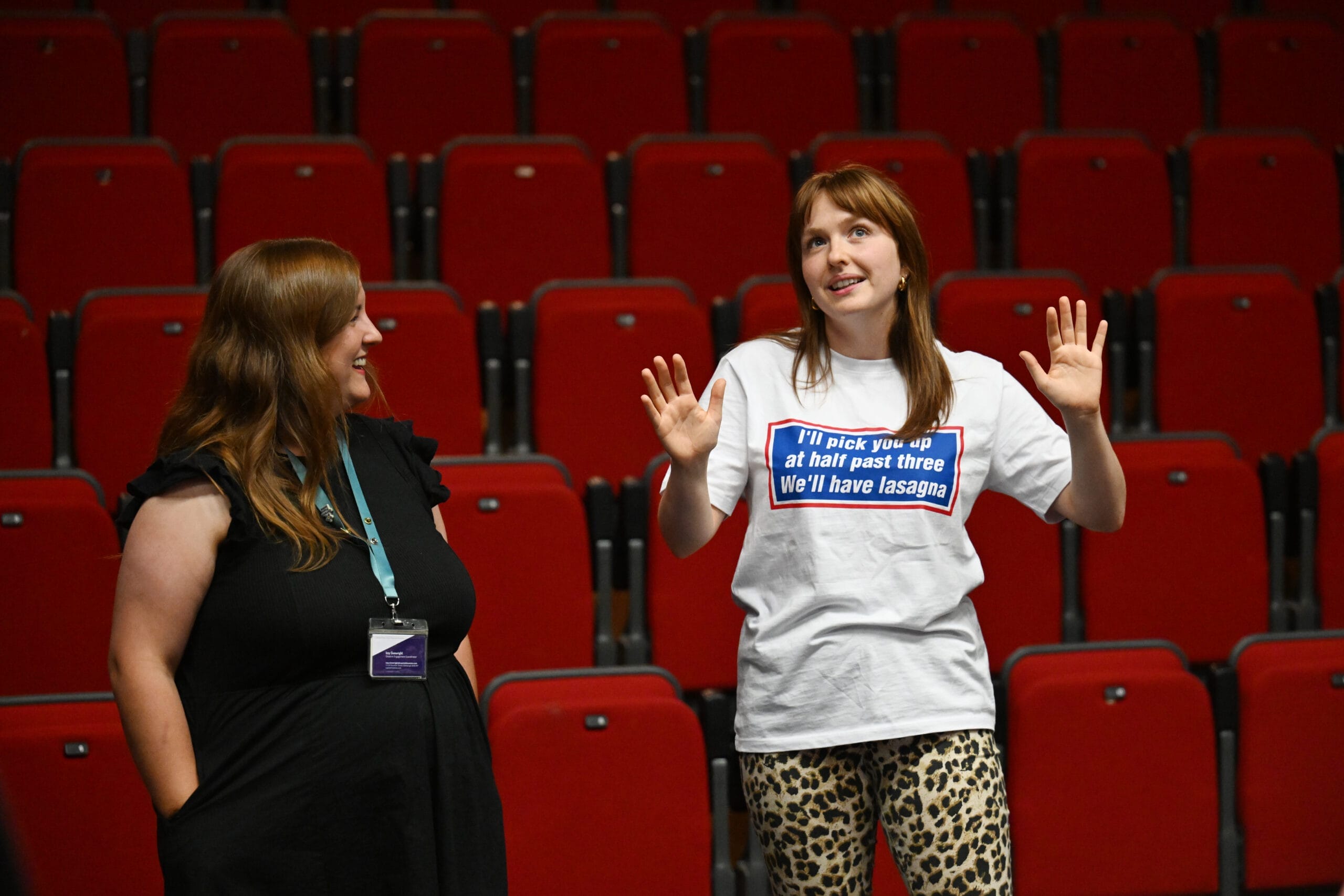From fresh announcements to behind-the-scenes stories, find out what’s happening at Capital Theatres. Dive in and discover the passion, creativity, and the meaningful impact that shapes everything we do.
-

Spotlight on... Allan Stewart's 50 amazing years in panto!
-

Remembering Stanley Baxter, 1926 - 2025
-

Who we are
Find out moreThe home of world-class live performance in Scotland, sharing extraordinary experiences with everyone, again and again.
-

A fresh look at the King's
-

The King's Theatre returns!
-

Delivering festive cheer with our Christmas Care Homes tour
-

Pre-theatre dining in Edinburgh: Canopy Kitchen & Courtyard
-

An exciting glimpse into the King's Theatre Redevelopment
-

Extraordinary experiences and savings for Students
-

Hands On Experience With Theatre Insights Holiday Club
-

Third and final week’s winners of The Besties!









